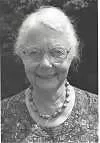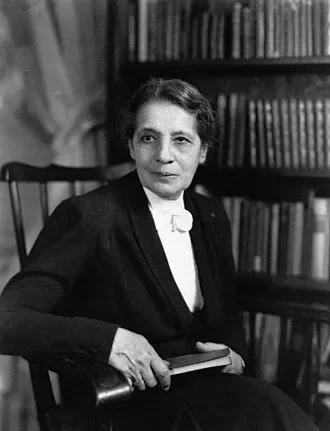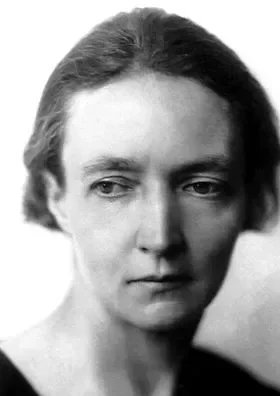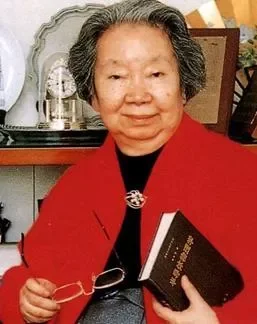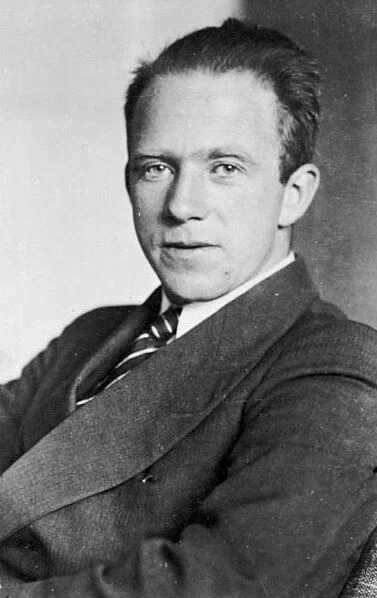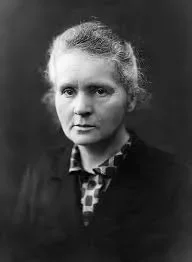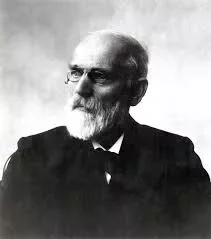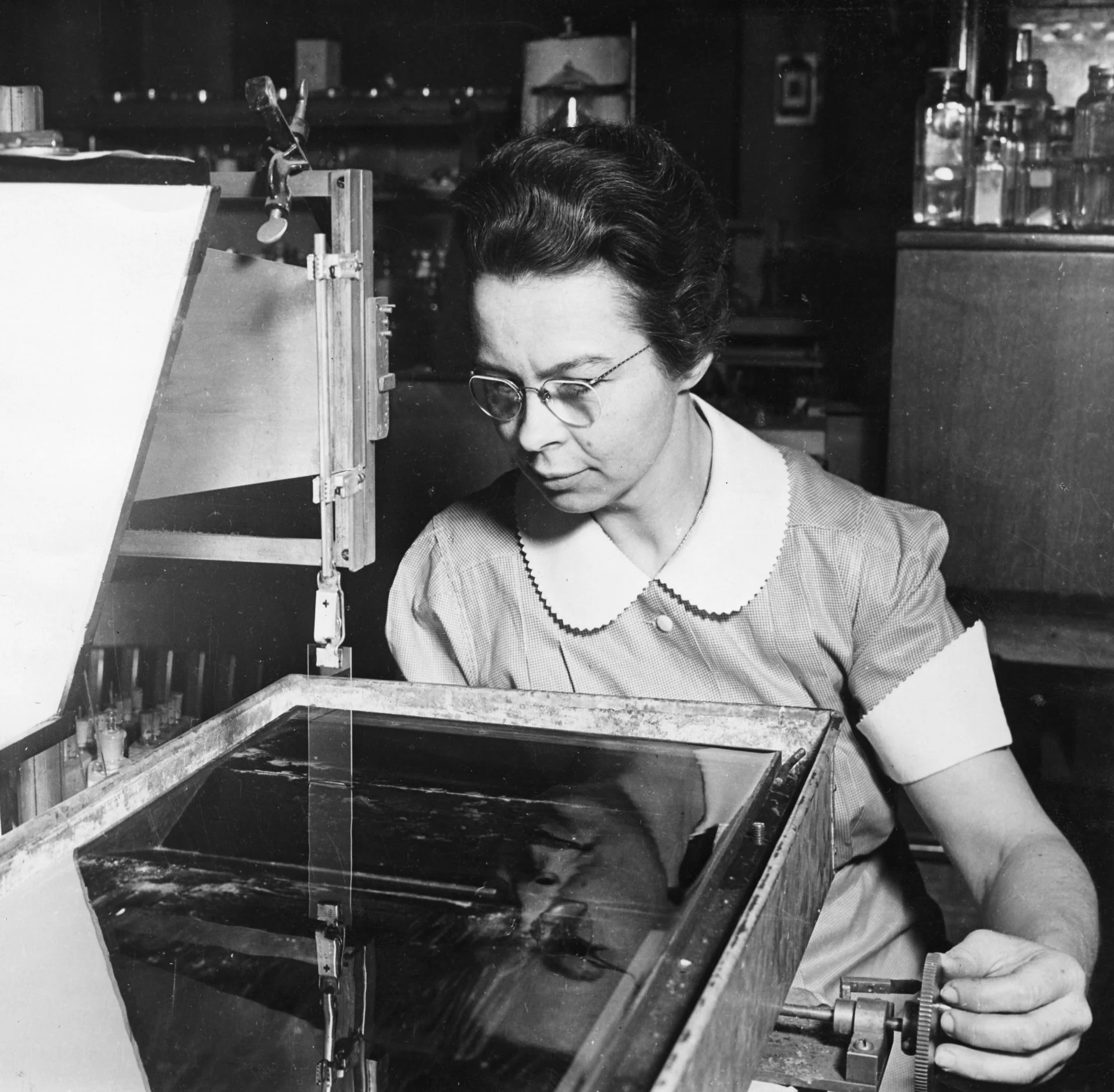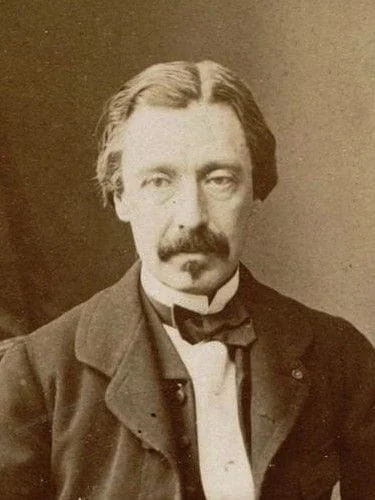Real Celebrities Never Die!
OR
Search For Past Celebrities Whose Birthday You Share
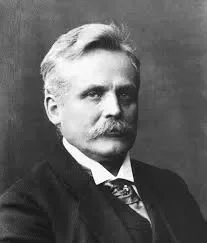
source:wikipedia.org
Wilhelm Wien
Birthday:
13 Jan, 1864
Date of Death:
30 Aug, 1928
Cause of death:
Unknown
Nationality:
German
Famous As:
Physicist
Age at the time of death:
64
Early Life and Education
Wilhelm Wien was born January 13, 1864, in Gaffken, Prussia. He was the son of landowner Carl Wien.
Wien started his education in Rastenburg, where his family moved when he was two. He attended the city school of Heidelberg. After his graduation, he attended the University of Göttingen and the University of Berlin.
Career Beginnings
After Wien’s University education, he worked in the laboratory of Hermann von Helmholtz from 1883 to 1885.
Afterwards in 1886, he received his Ph.D. with a thesis on the diffraction of light upon metals and on the influence of various materials upon the color of refracted light.
Academic Positions
He also lectured in three different universities. Wien eventually became a professor of physics at the University of Würzburg as successor of Wilhelm Conrad Röntgen in 1900 and also at the University of Munich in 1919.
Research on Black-Body Radiation
At the University of Würzburg, he conducted extensive research on black-body radiation.
In 1896, Wien developed an equation that describes the curve of black-body radiation, although it was later refined by Max Planck.
One of his most notable achievements is the discovery of the displacement law of black-body radiation. According to this law, the wavelength at which a black body emits the most radiation is inversely proportional to its temperature.
Later Years and Nobel Prize
In 1919, he relocated to the University of Munich. Due to his groundbreaking work on heat radiation, Wilhelm Wien was honored with the Nobel Prize in Physics in 1911.
Contributions to Atomic Theory and Electrical Charge
Wien also had an interest in the composition of atoms and the characteristics of electrical charge. In 1898, he put forth a model of the atom, proposing that electrons are organized in circular formations around the nucleus. Furthermore, he suggested that electric charge is not a continuous entity, but rather consists of distinct units referred to as electrons.
Wilhelm Wien's Quote's
Political and Scientific Influence
Wien throughout his life was active in science politics representing conservative and nationalistic positions. He was among the first physicists to acknowledge the significance of Planck and Albert Einstein’s quantum theory, and he endeavored to incorporate it into his own research.
Death
Wien passed away in Munich, Germany, in 1928 at the age of 64.
Name:
Wilhelm Wien
Popular Name:
Wilhelm Wien
Gender:
Male
Cause of Death:
Unknown
Spouse:
Place of Birth:
Gaffken, Province of Prussia
Place of Death:
Munich, Germany
Occupation / Profession:
Personality Type
Logician: Innovative inventors with an unquenchable thirst for knowledge. Wilhelm Wien had a curious and analytical mind which is evident from the amount of data he had to analyze for his research.
He is known for his work on blackbody radiation and the Wien displacement law.
Wien developed a mathematical formula to describe the distribution of energy in blackbody radiation.
His law states that as temperature increases, the peak wavelength of emitted radiation decreases.
Wien's displacement law laid the foundation for quantum mechanics and modern physics
He was awarded the Guthrie Lecture medal in 1925
Wilhelm Wien won a Nobel Prize for Physics in 1911

